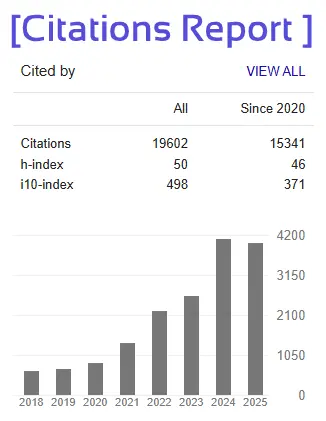Study on Supply Chain Management of Spices Industries in India
Abhishek Kumar
School of Business, Galgotias University
Under The Guidance Of:- Mohd Malik Chauhan
School of Business, Galgotias University
ABSTRACT
Spice production and exports from India have increased significantly in recent years, solidifying the country's position as the global leader in both production and consumption of spices. With a notable increase of 17% in export value and 30% in volume from 2020–2021, India achieved a new high in 2021–2022, producing 10.88 million tonnes of spices. About seventy-five of the 109 spice varieties acknowledged by the ISO are manufactured in India. Chile is the most widely traded spice, followed by pepper, cardamom, ginger, turmeric, and cumin. Among the states that produce a significant amount of spices are: Uttar Pradesh, Andhra Pradesh, Telangana, Maharashtra, Madhya Pradesh, Kerala, Tamil Nadu, West Bengal, and Maharashtra.
In 20212022, spices exported by India were valued at $4,102.29 million, making it the top exporter worldwide. In 2022, exports kept going up, with a total of $330.46 million in September. Between 2017–18 and 2021–2022, the growth trend was robust, with a CAGR of 10.47%. Significant export amounts of ginger, turmeric, cumin, and chilli were recorded in FY22.
If you want to understand the spice market and how to expand and stay ahead of the competition, you need to look at the supply and value chain. Producing, handling after harvest, processing, packaging, and delivering spices to customers are all physical steps in the supply chain. Each link in the value chain—from raw materials procurement to finished goods sale—is analysed in terms of the value it adds.
It was during my visits to the Khari Baoli and Gadodia markets in Delhi and the Shyamganj market in Bareilly that I gained a better understanding of the inner workings of the spice trade. The complexity of the sourcing, distribution, and trading operations was exposed through engagement with traders, wholesalers, and other stakeholders. Also, seeing factories like B.L. Agro Industries and Farmer Producer Organisations (FPOs) brought home the importance of processors and farmers to the value chain.







